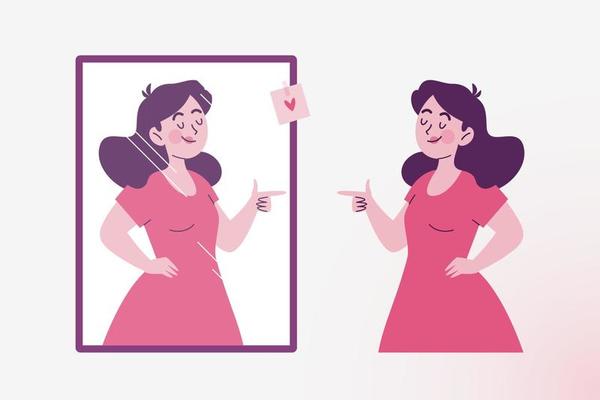
The Social Media Trap: How to Stop Comparing Your “Behind-The-Scenes” to Someone’s Highlight Reel
Social media was developed to connect people, but for many women, it has become a platform for relentless comparison, competition, and the erosion of self-worth. It acts like a distorted mirror, constantly whispering that you aren’t “good enough” compared to the idealized lives online.
At minhance wellness, we understand that this is not a personal failure; it’s a cognitive trap. Digital comparison hijacks a natural human tendency (social comparison) and turns it into a loop of criticism. Algorithms prioritize content based on engagement, not reality, leading to the illusion that everyone else is happier, more productive, and more attractive. Cognitive Behavioral Therapy (CBT) highlights that these feelings are driven by distorted automatic thoughts, which are treatable.
The Psychological Loop: Why Digital Comparison Hurts
Social media serves as a powerful trigger for our core beliefs—those longstanding, often negative ideas we hold about ourselves (e.g., “I’m not lovable,” “I must be perfect”). When activated, these beliefs manifest as painful comparison statements:
- “I’m not as successful as they are.”
- “Why can’t I look like that?”
- “I’m falling behind in life.”
What we see online is rarely the full picture—it’s filtered, cropped, and carefully curated. Yet, your mind processes these images as real, leading to destructive cognitive distortions:
| Cognitive Distortion | The Thought Trap |
| All-or-Nothing Thinking | “If I don’t look like that, I’m a total failure.” |
| Catastrophizing | “Everyone is more successful. I’ll never catch up, and my life will be ruined.” |
| Personalization | “They’re happy because they are inherently better than me.” |
Breaking Free: The minhance Approach Using CBT
CBT provides clear, actionable steps to escape this exhausting loop of self-criticism. In life coaching and therapy sessions at minhance, we guide you through the process of challenging and replacing these unhelpful patterns.
1. Awareness of Thought Patterns (The Inventory)
The first step is identifying your mental habits. We help clients maintain a thought diary or journal to identify the following:
- Triggers: What specific post, image, or account affected you?
- Automatic Thoughts: What was the immediate, unhelpful thought that popped up?
- Emotional and Behavioral Reactions: How did the thought make you feel, and what did you do next?
2. Cognitive Restructuring (The Challenge)
Once you identify the distorted thoughts, we teach you how to challenge them critically:
- Evidence Check: “What concrete evidence do I have that this thought is absolutely true?”
- The Highlight Reel Test: “Am I comparing my complicated, everyday reality (my behind-the-scenes) to someone’s perfectly edited outcome (their highlight reel)?”
- Compassionate Replacement: Replace the negative statement (“I am not enough like her”) with a neutral, self-compassionate truth (“I am trying my best and I am doing well for myself on my own timeline.”)
3. Intentional Boundaries (The Reclaim)
We help you set intentional, non-negotiable boundaries with social media. This may include:
- Limiting Exposure: Setting time limits on apps and curating your feed by muting or unfollowing accounts that frequently trigger comparison.
- Practicing Self-Compassion: Training yourself to catch harsh self-talk and replace it immediately with kind, supportive words—treating yourself like the friend you deserve.
Your Worth Is Not Decided by an Algorithm
Remember this truth: A few likes, a follower count, or an algorithm does not decide your worth or your success.
CBT highlights that any thought or belief, no matter how deeply entrenched, can be changed and restructured. The minhance team offers the professional, evidence-based guidance required to dismantle these powerful negative beliefs and build a solid sense of self-worth that is anchored internally, not digitally.
➡️ Ready to stop the comparison cycle and reclaim your self-worth? Schedule a confidential consultation with a minhance therapist today.
